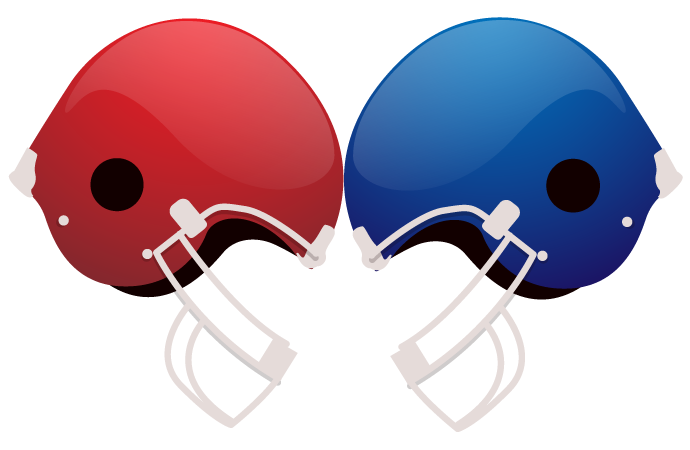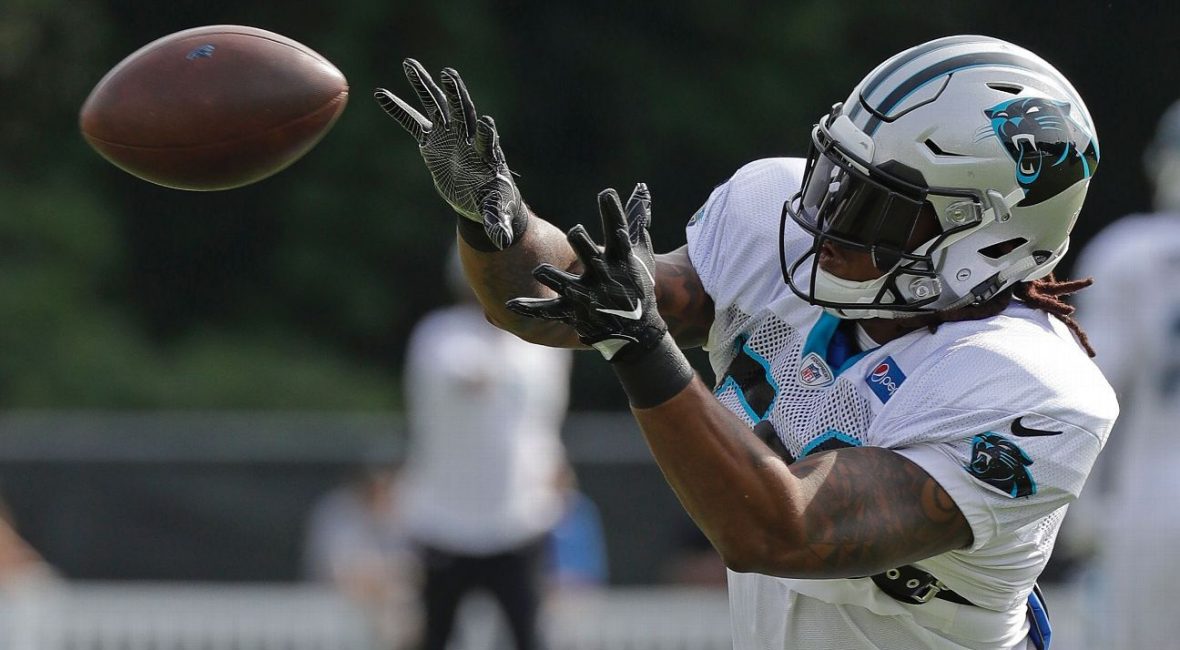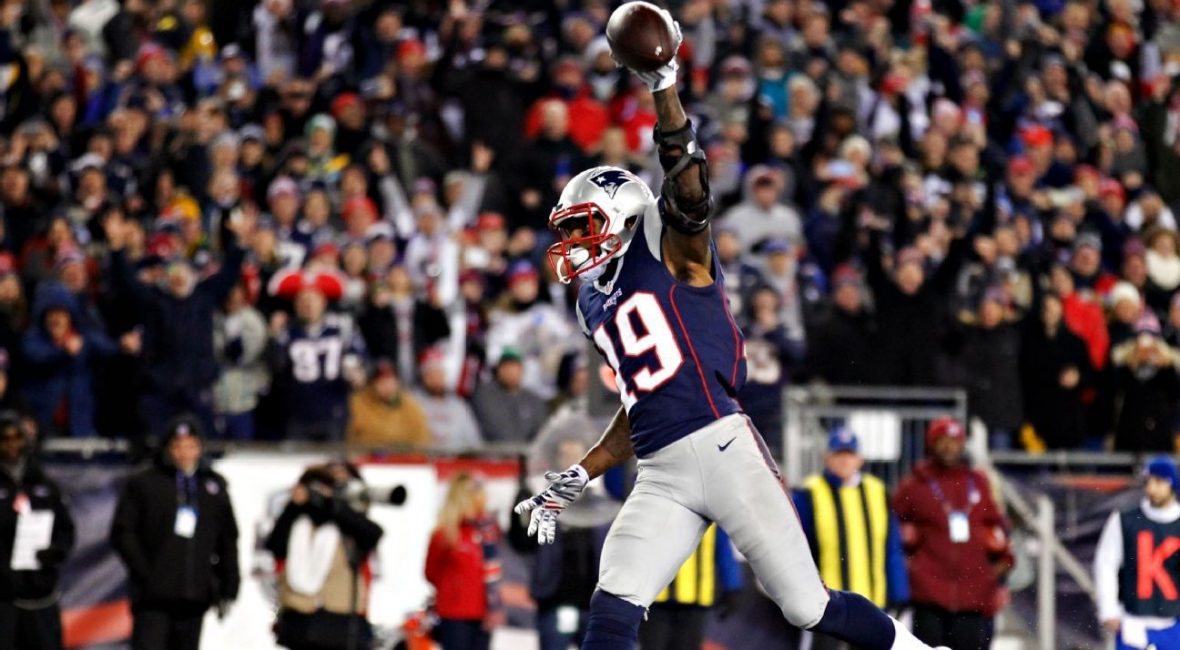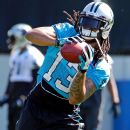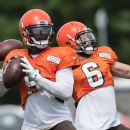SPARTANBURG, S.C. — Carolina Panthers middle linebacker Luke Kuechly has drawn comparisons to Chicago Bears Hall of Famer Brian Urlacher since he entered the NFL in 2012.
Now 2015 first-round pick Shaq Thompson is being compared to another of Chicago’s all-time greats.
Coach Ron Rivera called the outside linebacker’s one-handed interception of a Cam Newton pass in the end zone to end Tuesday’s practice the best play he has seen in practice since Pro Bowler Wilber Marshall picked off a pass from quarterback Jim McMahon during Chicago’s 1985 run to the Super Bowl.
“It was a heck of a play down in the red zone,” Rivera recalled. “Wilber went up and made a great one-handed catch, too, and took off running. Shaq’s got that kind of ability, and that’s what’s exciting to see when a young man starts putting things together.”
Next thing you know Rivera will call the Carolina defense the “Monsters of the Midway II.”
Or at least the “Monsters of the Queen City.”
If anybody has a right to make that comparison, Rivera does. He played with Marshall for four seasons (1984-87) in Chicago and was Urlacher’s defensive coordinator with the Bears from 2004 to ’06.
He knows what it’s like to be around great defensive playmakers, and Thompson is starting to show that potential entering his fourth season out of the University of Washington.
Rivera said Thompson displays other traits of Marshall, the 1992 NFL Defensive Player of the Year, as well. He believes it’s time the rest of the world sees that, especially with three-time Pro Bowl selection Thomas Davis out for the first four games because he’s serving a suspension for violating the league’s policy on performance-enhancing drugs.
All signs — at least for Thompson — point toward a great 2018 season.
Everywhere he looked, from license plates to billboards, on the 90-minute drive from Charlotte, North Carolina, to Wofford College for training camp, Thompson saw his No. 54.
“My whole mindset is this is the year of 54,” Thompson said.
Thompson began to emerge as a star last season. He started a career-best 14 games and had a career-best 57 tackles, which might not sound like a lot until you consider Kuechly had a team-best 125 and Davis 76 from the linebacker spot.
Thompson is light-years ahead of where he was as a rookie making the transition from college safety to hybrid linebacker.
“My first few years I would say I was like a blind mouse,” Thompson said. “I was just going. But I had great leaders like [safety] Roman Harper who told me to just go out and play.
“As I learned this defense by asking questions from TD and Luke, I started picking it up more and understanding the game more and how teams like to attack our defense.”
Tuesday’s interception was an example of how his knowledge of the playbook has paid off for Thompson. “[It] has helped me play a lot faster,” Thompson said.
0:23
Here is how Panthers linebacker Shaq Thompson saw his one-handed interception of a Cam Newton pass in the end zone to end practice – and how backup QB Garrett Gilbert ”chased him down.” Video by David Newton
Thompson didn’t finish the interception fast. As he jogged the final 30 yards to the end zone, backup quarterback Garrett Gilbert came running from the opposite side of the field to simulate making a touchdown-saving tackle.
“I wouldn’t say he chased me down,” Thompson said with a laugh. “Gilbert did a great situational play, chasing the defender down to make sure we didn’t score.”
Nobody likely would have chased down Thompson had that been a live play, as will be the case in Thursday’s preseason opener at Buffalo (7 p.m. ET). His 40-yard dash time of 4.64 seconds at the 2015 NFL combine was among the best for linebackers.
What kept Thompson from going higher than No. 25 in the draft were questions about where he would play. Some teams had him pegged as a safety and others as a hybrid linebacker.
Thompson also played running back in college, and he was lobbying Carolina offensive coordinator Norv Turner for a few carries on Twitter before training camp.
“I’ve been talking to Norv about it,” Thompson said. “He said just wait.”
Rivera will be satisfied if he sees more Marshall-like traits from Thompson.
Marshall’s stats after his first three seasons were far superior to Thompson’s. He had 31 starts, 202 tackles, nine interceptions and 11.5 sacks.
Thompson has five more starts, but only 159 tackles, one interception and three sacks.
But with more playing time in Carolina’s two-linebacker set while Davis is suspended, and possibly after that to keep Davis fresh, Thompson should put up his best numbers as a pro and make more spectacular plays like he did on Tuesday.
“Still continuing to learn this game,” Thompson said. “I’m trying to get up there with Luke and TD … still, performancewise. Just like Luke reading the plays, I’m still trying to get there.”

